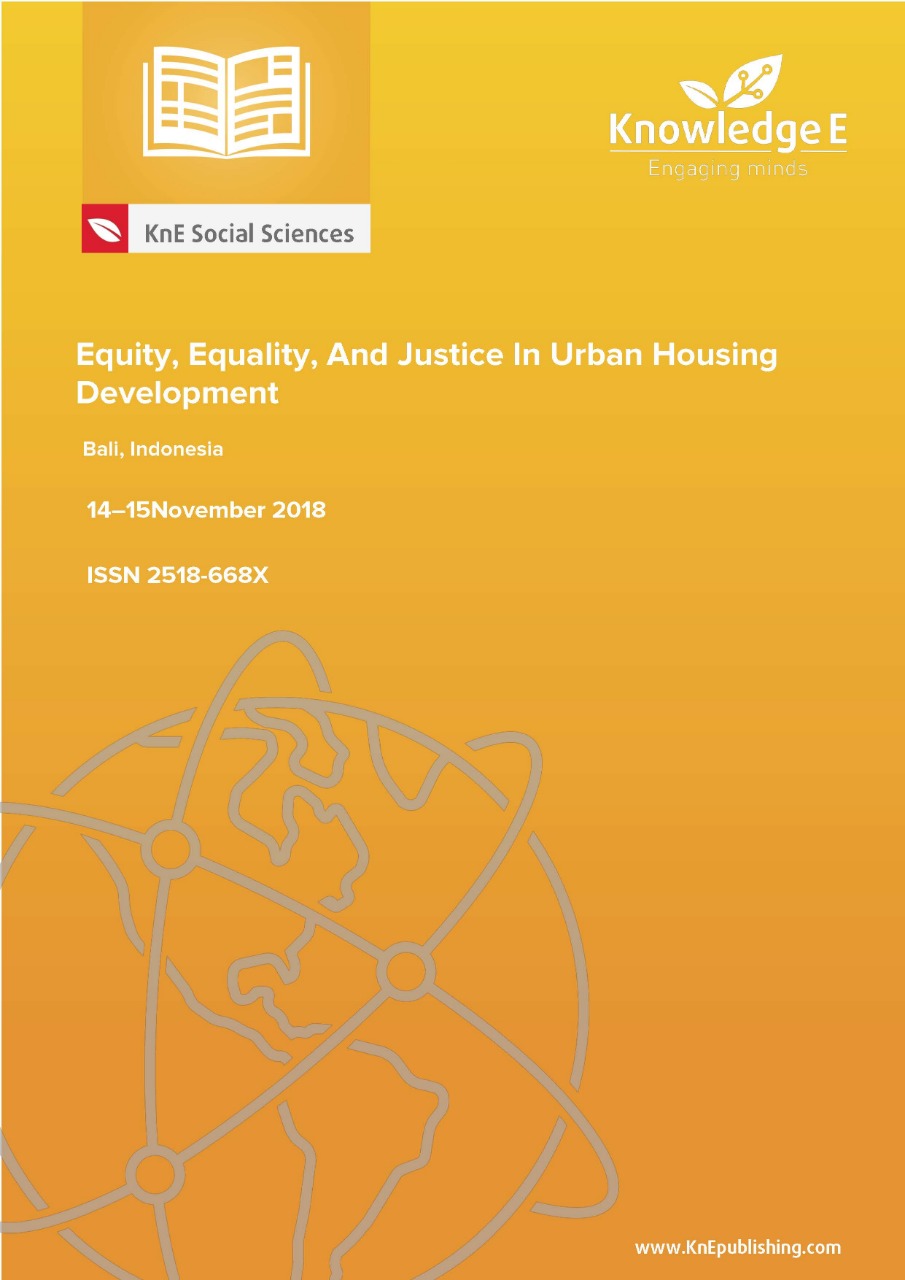Modeling of Vertical Greenery System As Passive Design Strategy for Mitigating Indoor Temperature
DOI:
https://doi.org/10.18502/kss.v3i21.5003Abstract
The rapid development in developing countries causes decreasing in the green area which leads to the environmental problem. Increasing heat transfer in the building envelope push more energy, especially for air conditioning. Although vertical greenery system is not a new concept, however, the building planners do not use it as one of an alternative design for energy saving yet. This paper will present a study on the office building with vertical greenery system as a building envelope in the tropical area, Indonesia. Data collection was done during summer time, in October 2013. There is two data analysis, based on the field measurement and Ecotect simulation. The result indicates that during data measurement at 05.00 a.m – 06.00 p.m. chamber with vertical greenery system has cooler surface temperatures and smaller in heat transfer. The peak temperatures of the exterior and interior facade with vertical greenery system are 29.13∘C and 25.41∘C, respectively. While for bare wall facade are 32.30∘C for exterior facade and 30.79∘C for the interior facade. The results from the study proved that applying vertical greenery system on the building facade can reduce the heat transfer from the exterior facade to the interior facade.

